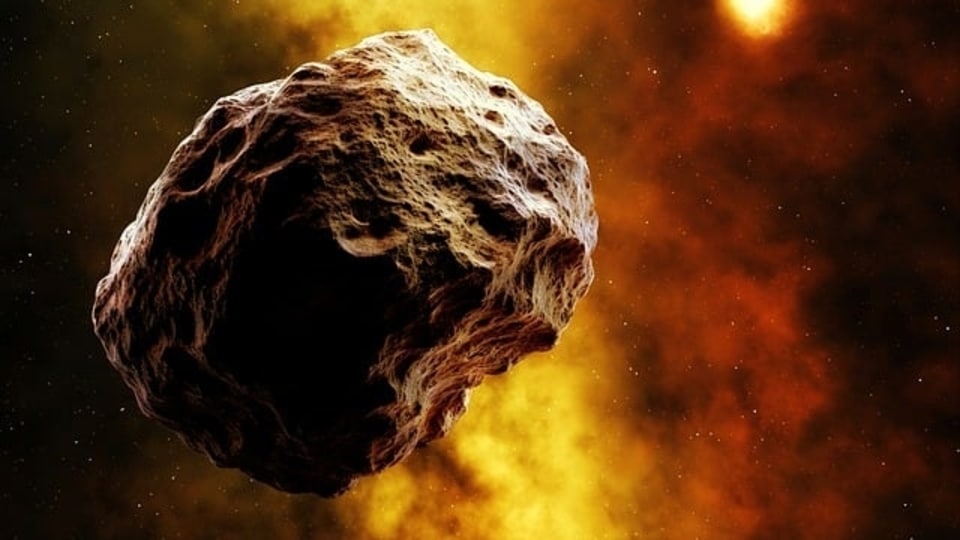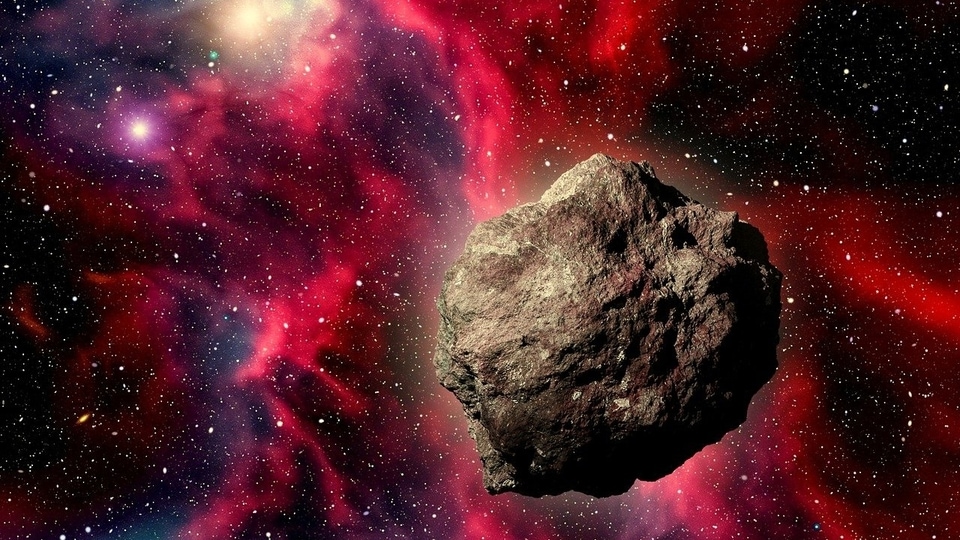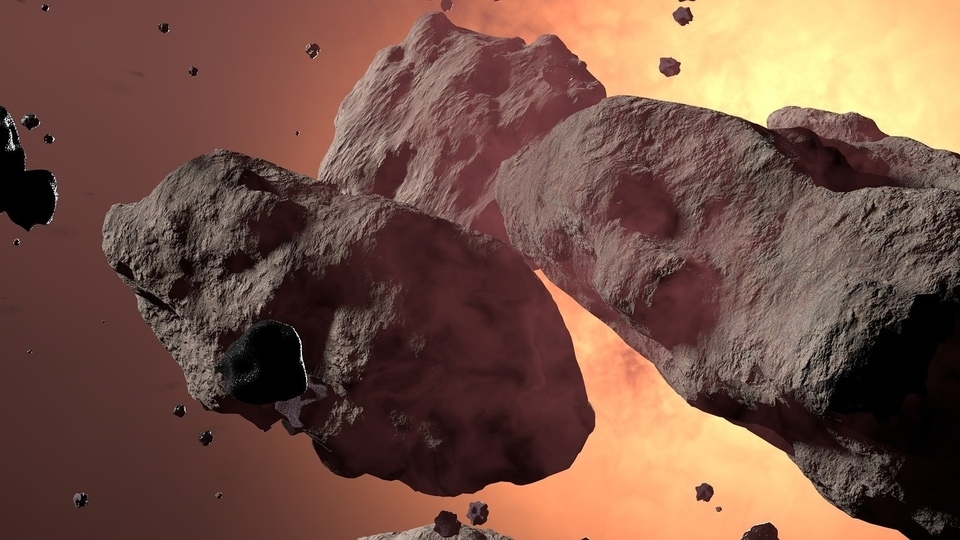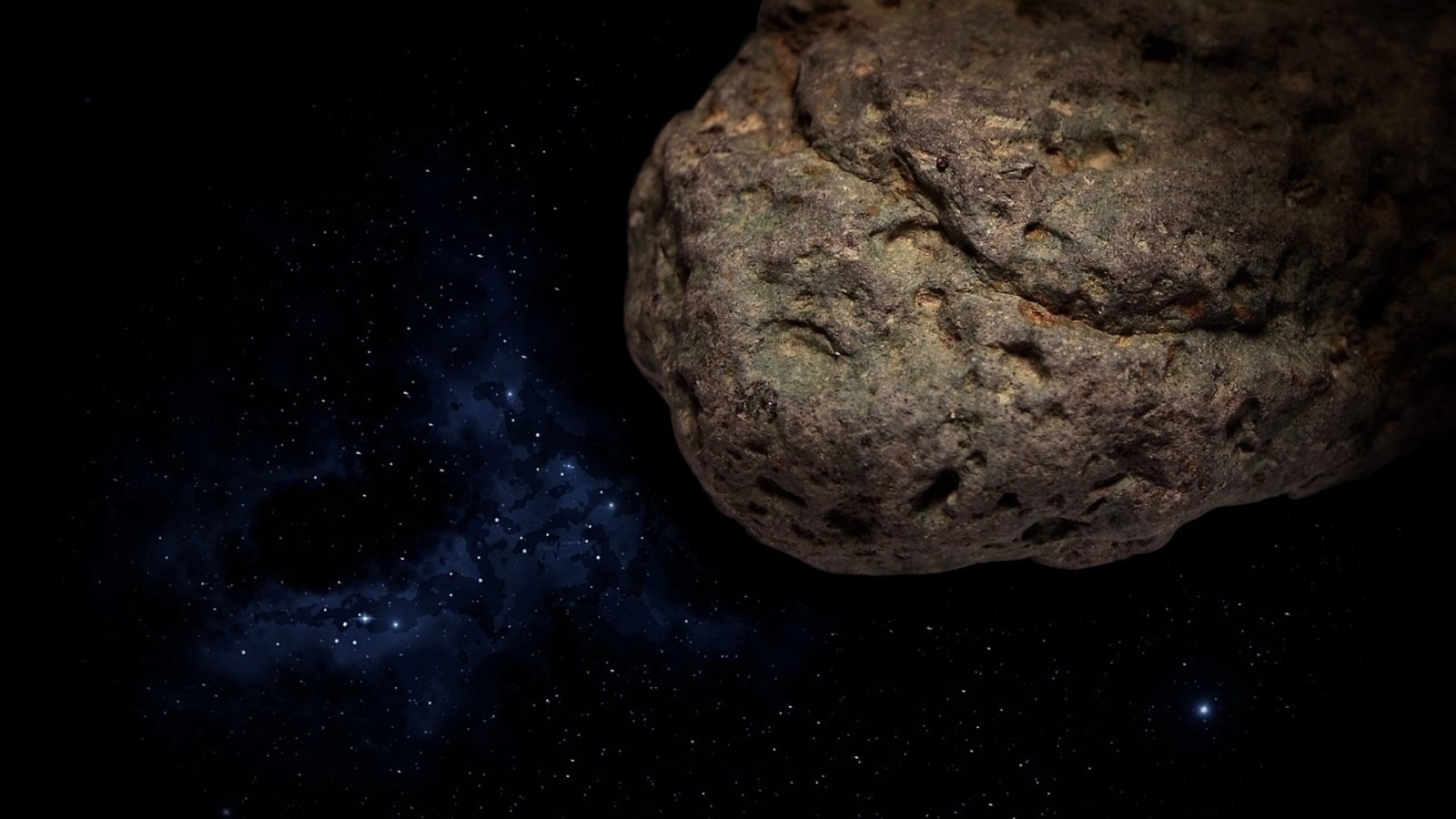130-foot asteroid to pass Earth by a close margin today, reveals NASA
An aircraft-sized asteroid is expected to pass Earth today, November 20, NASA has revealed. Know details such as speed, size, distance, and more, as per NASA.






 View all Images
View all ImagesNASA, with the help of its advanced ground and space-based telescopes, has tracked a mammoth asteroid whose orbit will bring it very close to Earth today. As per the Center for Near-Earth Object Studies (CNEOS), an asteroid, given the designation of Asteroid 2023 VE7, is on its way toward Earth and could make its closest approach to the planet today, November 20.
This near-Earth space rock is expected to pass Earth at a distance of just 5.3 million kilometers and at a speed of 70811 kilometers per hour which is much faster than space shuttles! It is important to note that while it has been termed as a Near-Earth Asteroid due to its close distance of passing, it is not expected to actually impact the planet.
It belongs to the Apollo group of Near-Earth Asteroids, which are Earth-crossing space rocks with semi-major axes larger than Earth's. These asteroids are named after the humongous 1862 Apollo asteroid, discovered by German astronomer Karl Reinmuth in the 1930s.
How big is the asteroid?
NASA has not been designated as a Potentially Hazardous Asteroid. Only celestial objects larger than 492 feet that pass Earth at a distance closer than 7.5 million kilometers are designated so, and Asteroid 2023 VE7 does not fulfill one of these requirements. In terms of size, Asteroid 2023 VE7 is almost 130 feet wide, making it almost as big as an aircraft.
This is Asteroid 2023 VE7's just second close approach to Earth. The first time it passed Earth was on February 18, 1968, when it passed by at a distance of 57 million kilometers. As per NASA CNEOS, it is not expected to pass the planet again in the near future.
Types of asteroids
You may think asteroids are simply floating rocks in space and while it may seem so due to their appearance, it isn't quite the case. These space rocks can be classified into 3 types based on their structural composition. The most commonly found asteroids are S-type, which are made up of carbon-rich substances. On the other hand, S-type asteroids are made up mainly of silicate minerals and are less common. M-type asteroids are the least prevalent and they are primarily composed of metal.
Catch all the Latest Tech News, Mobile News, Laptop News, Gaming news, Wearables News , How To News, also keep up with us on Whatsapp channel,Twitter, Facebook, Google News, and Instagram. For our latest videos, subscribe to our YouTube channel.





























